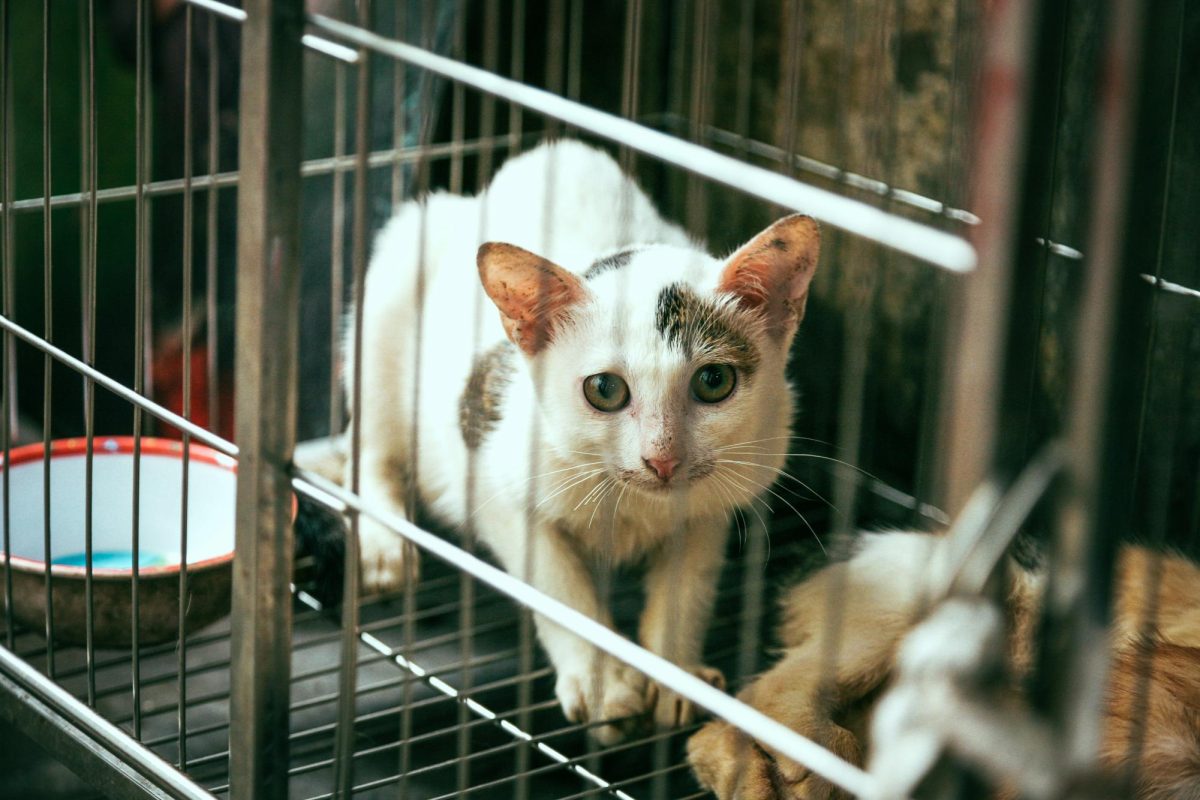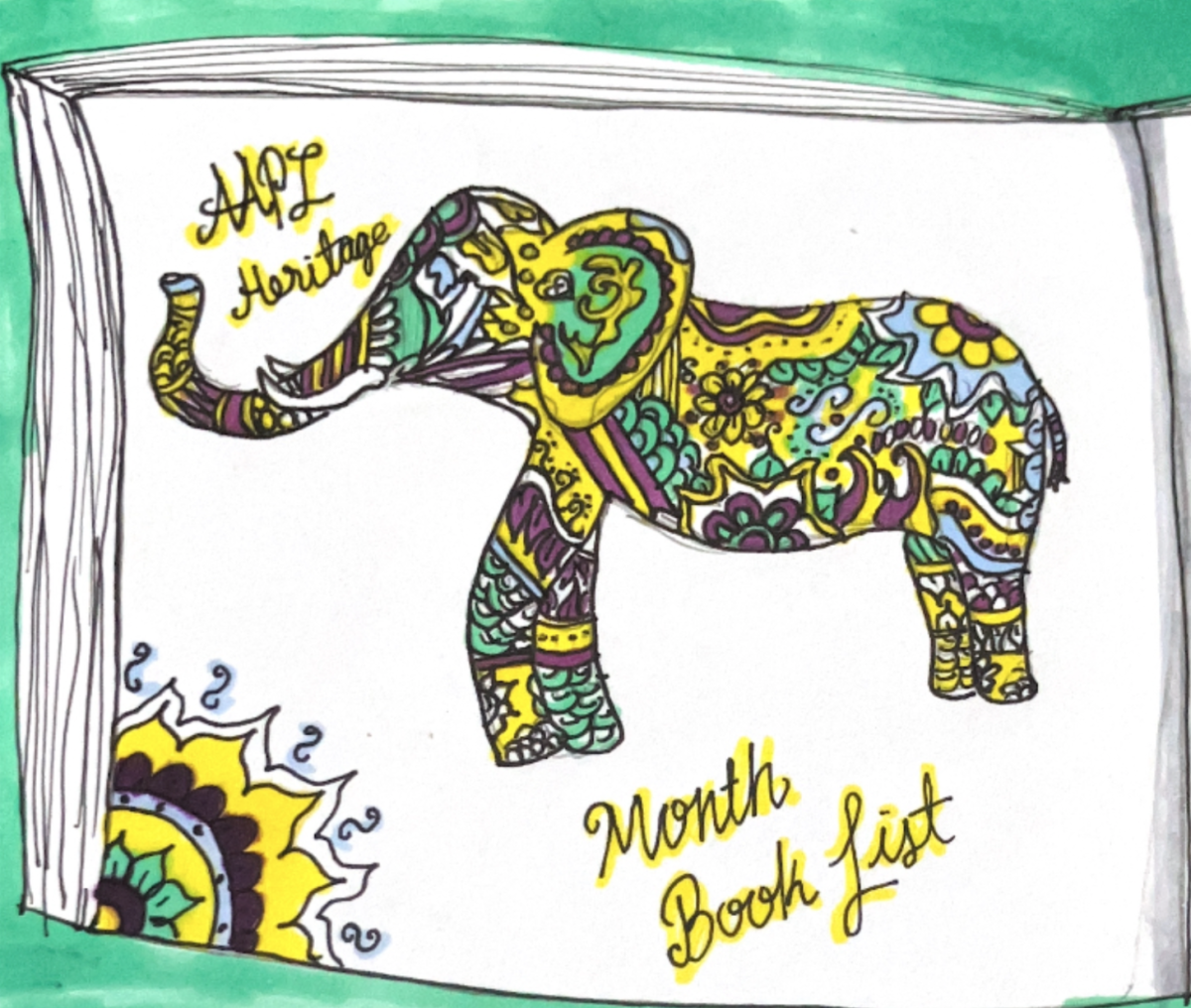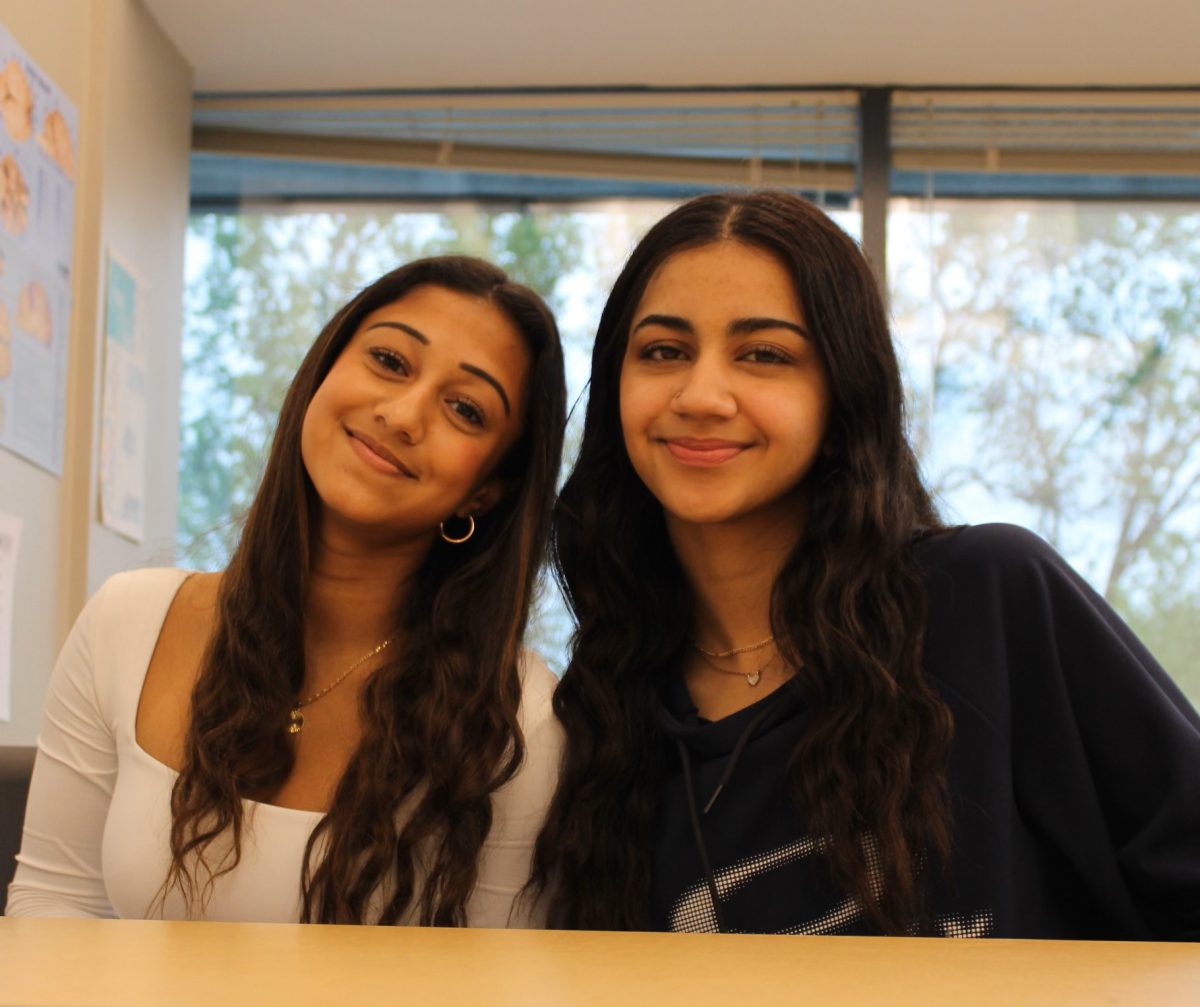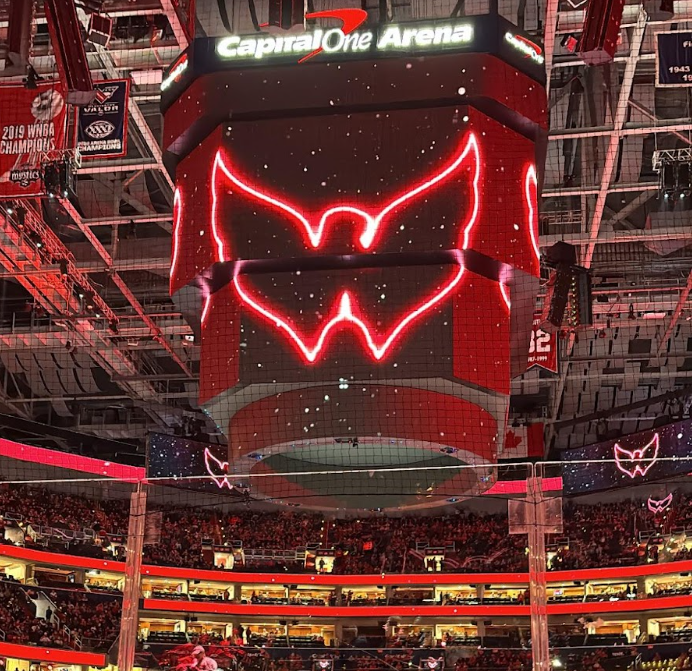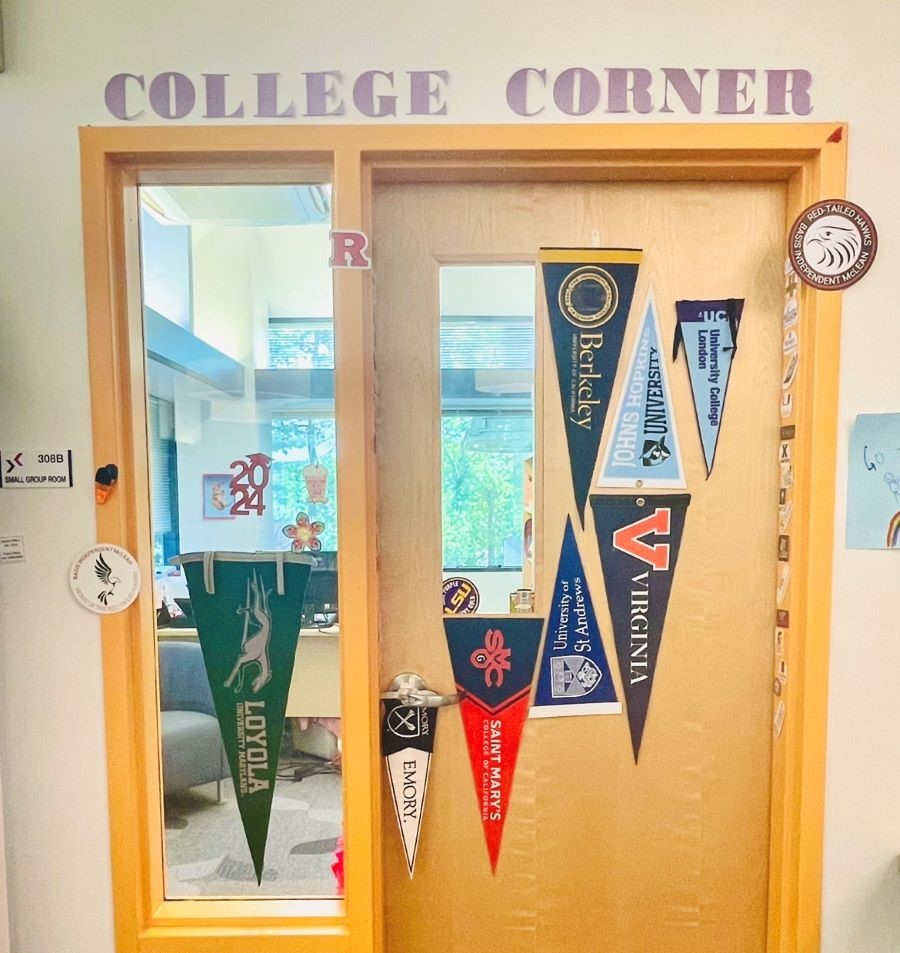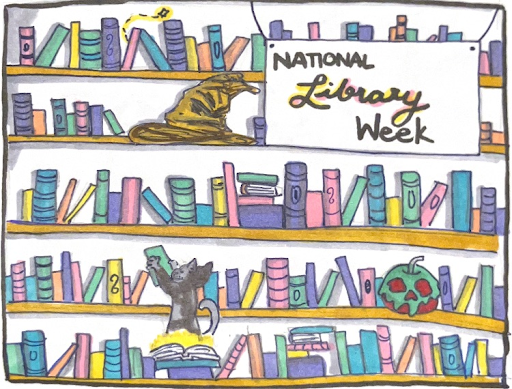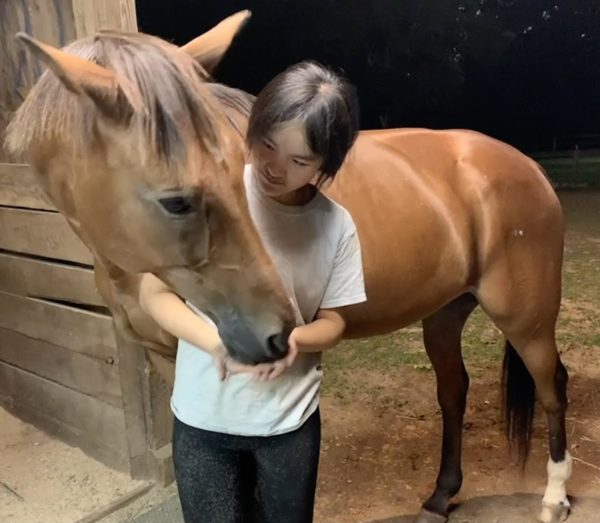Imagine being 5 years old again, and you and your family decide to take a trip to the zoo. With the zoo being full of fun, energy, and animals, who wouldn’t want to make this extraordinary trip? You get to see African Lions sunbathing on rocks, Emperor Penguins diving in the water, and even animals as uncommon as Grevy’s Zebras galloping across man-made plains, all from a protective barrier of glass or wire.
But what about this “protective barrier”? Do both sides—animals and people—truly benefit from this form of separation? While we walk around the zoo, stopping by each cage, tank, field, or stadium, those lions, penguins, and zebras are cooped up from their natural environments. Essentially, they are ripped from the place they would call “home,” all just for the purpose of human enjoyment.
This practice can be seen in more than just zoos, unfortunately. Ungelded colts and stallions are stalled—or put into tight spaces—24/7. Dog pounds cage their dogs, depriving them of the interactions they require. The biggest problem with this is when we ask ourselves a question mankind should’ve considered a long time ago: Why do people do this?
Let’s get back to the zoo scenario. Considering that zoos are for public viewings, it can be easily concluded that zoos hold animals for increased tourism in the community, which in turn serves as an economic resource. Similarly, circuses also use animals for public viewing, though they work their animals with greater intensity than zoo animals and sometimes treat their animals at extreme cruelty levels, including chaining, electrical prodding, and whipping. At farms, people contain their animals for food products like milk and eggs. Regular pet owners confine their pets in their homes in order to protect them from danger. Some people confine their animals in order to provide a “safe space” for them, specifically for those that are wounded or injured. Zoos reason it is meant to protect them from the potential threats of weather. Additionally, depending on the caretaker, captive animals get more attention, allowing them to receive better healthcare than they would if they were in the wild.
The word “confinement” itself, though, has received a negative connotation, and rightly so. Recently, issues regarding animal captivity have raised alarm among many organizations like PETA, ASPCA, and the World Animal Foundation (if you would like to learn more about these animal rescues, click the links here: https://worldanimalfoundation.org/, https://www.peta.org/, https://www.aspca.org/). Animal captivity has been part of a much bigger problem for wildlife conservation efforts. According to Earth.org, “[f]or AZA-accredited zoos and aquariums, conservation is “a priority” and “a key part” of their mission to save species from going extinct. But [r]ather than the proverbial “ark” saving species from extinction, zoos are better described as silos for species held captive…Rather than breeding endangered animals for eventual release back into their natural environments, zoo breeding programmes breed animals to stock their public exhibits.” Simply put, not only do confined animals have less ability to roam around, but confinement can also have detrimental effects on confined populations much more than their wild counterparts.
The regular house pet fortunately doesn’t have to deal with the fear that accompanies captivity. But, even if owners can’t provide their animal with as much space as they should, owners can try their best to provide their animal with as much space as possible.
For dog owners, allow your canine to run outside in your backyard, and to make the space even more enjoyable, play some fetch with them. For cats, having a lot of space and being outside may not be of the owner’s considerations; however, owners can consider providing a play corner, while another room can be for rest and food, and that much space could be all your feline may need. For farm animals like pigs, cows, or horses, spacing is a MUST for these large animals. If your property doesn’t have enough land for your animal to roam, at least make an effort to make their stalls as large as possible, with a minimum of 12’ x 24’ for cow and horse stalls and 8’ x 16’ for pig pens.
Even if one thinks their animal doesn’t need that much space, owners should reconsider how they support their animal’s well-being. After all, animals have provided a great source of help and happiness to mankind. As people, we should, in return, provide the best conditions we can to our own animals.
Works Cited
Born Free USA. “Animal Captivity Is A Dangerous Distraction from Real Conservation Efforts.” Earth.org, August 17th, 2023, https://earth.org/wild-animal-captivity/
ConnectUS. “17 Pros and Cons of Keeping Animals in Captivity.” June 30, 2019, https://connectusfund.org/17-pros-and-cons-of-keeping-animals-in-captivity
Isakov, Filip. “19 Sad Animals in Captivity Statistics (2023 UPDATE).” PetPedia, June 12, 2020, https://petpedia.co/animals-in-captivity-statistics/#million%20times%20less%20space
Laybourne, Alexander. “50 Alarming Animal Cruelty Statistics – Enough to Crush One’s Heart.” World Animal Foundation, September 23, 2023, https://worldanimalfoundation.org/advocate/animal-cruelty-statistics/#Circus-Animals-Spend-the-Majority-of-Their-Lives-in-Confinement
PAWS. “Enjoy the Circus? The Animals Don’t.” 2016, https://www.lcps.org/cms/lib/VA01000195/Centricity/Domain/16265/Enjoy%20the%20Circus_%20The%20Animals%20Dont%20PAWS.pdf

